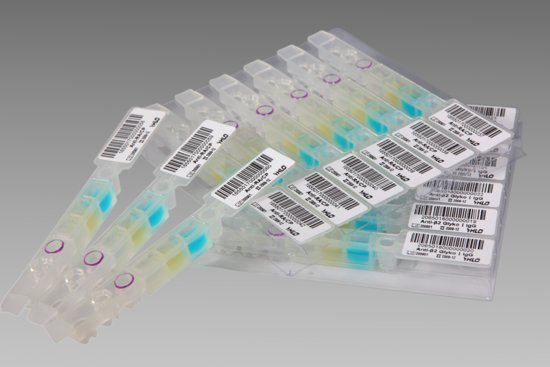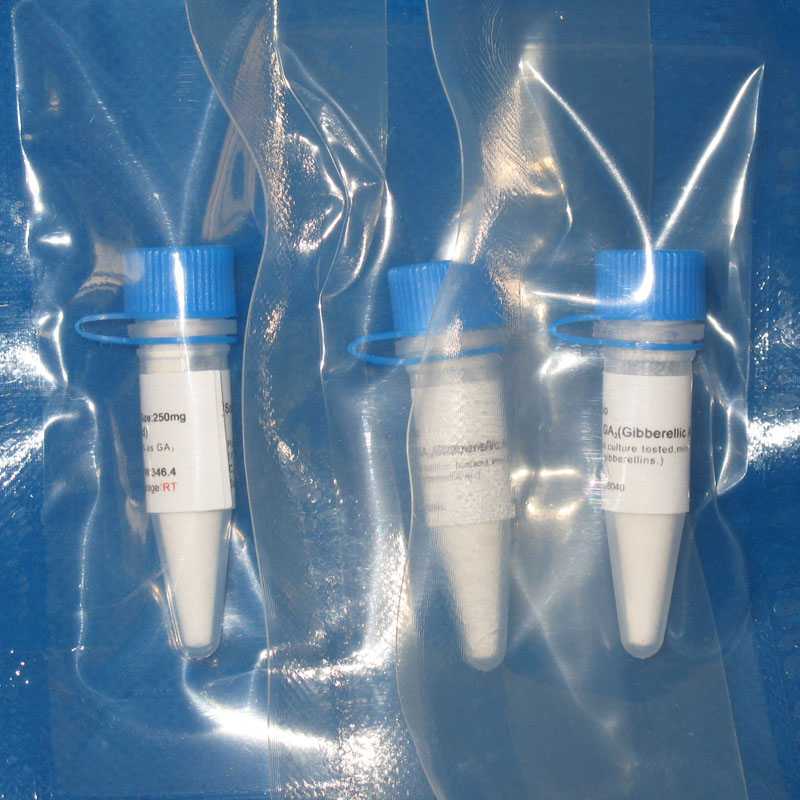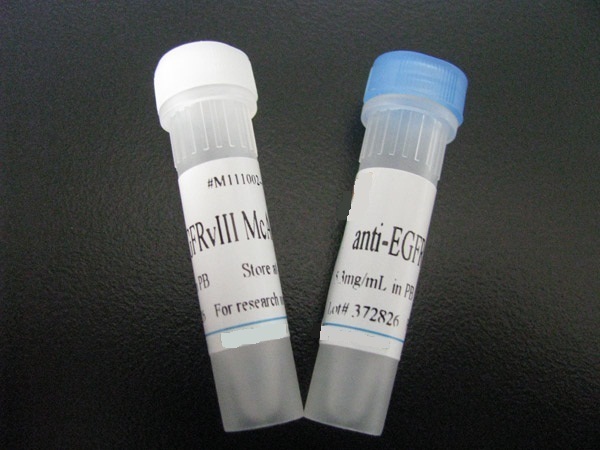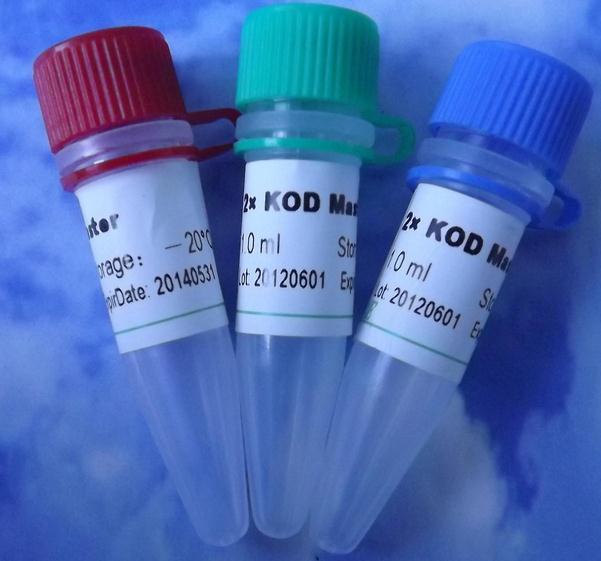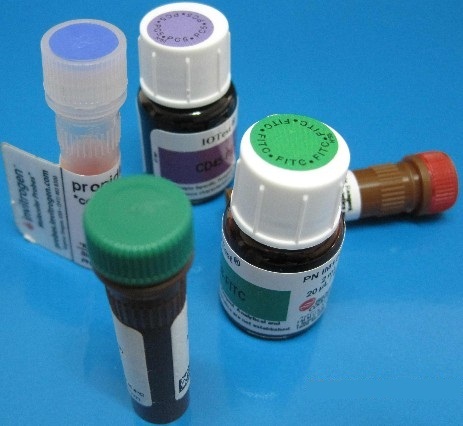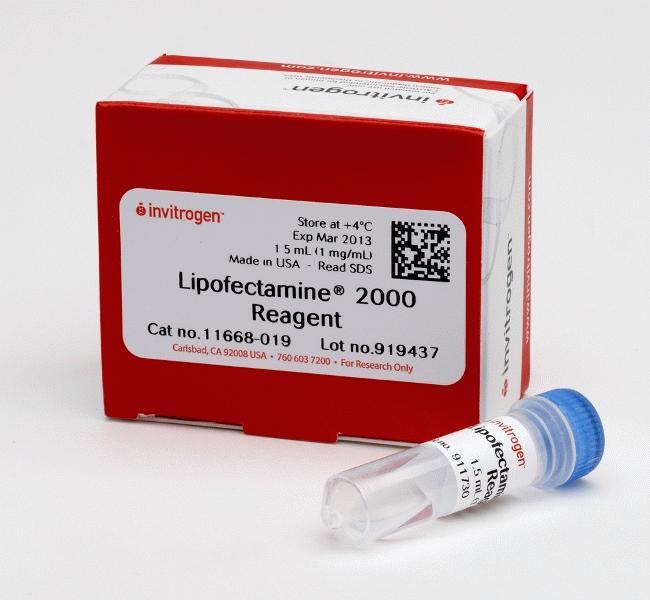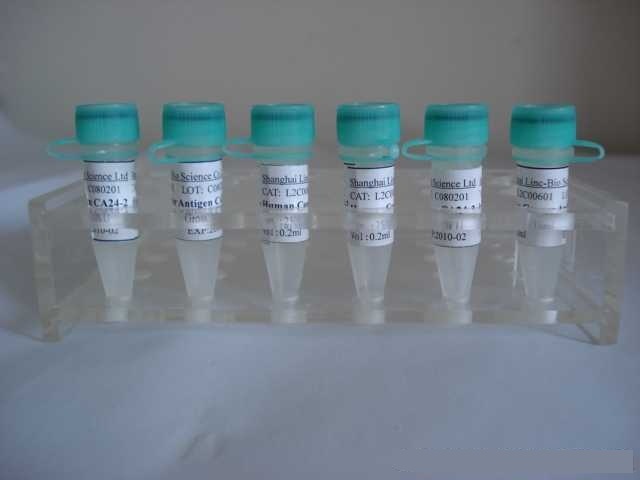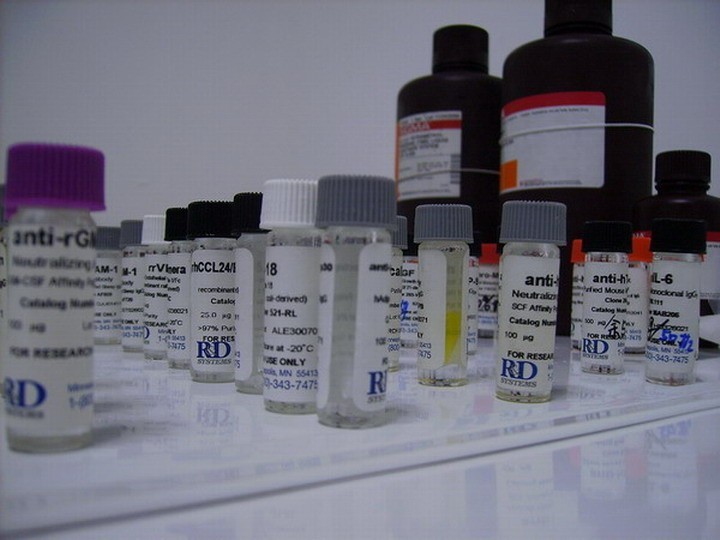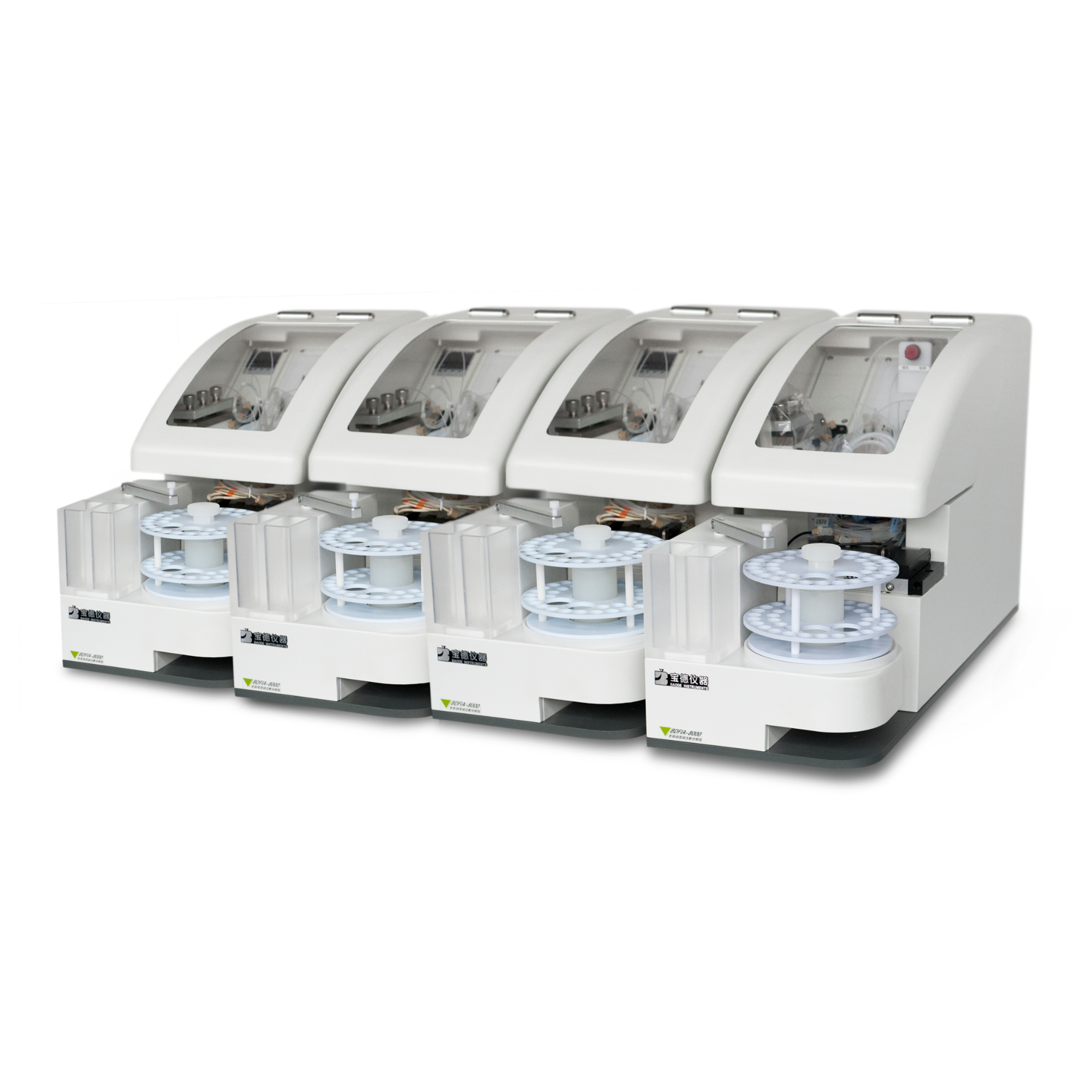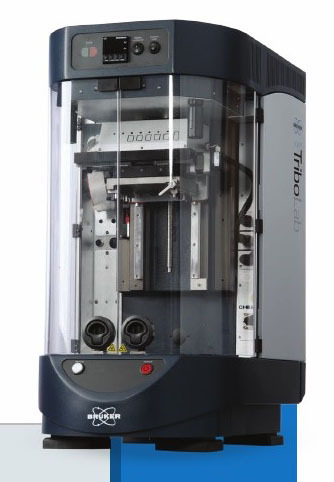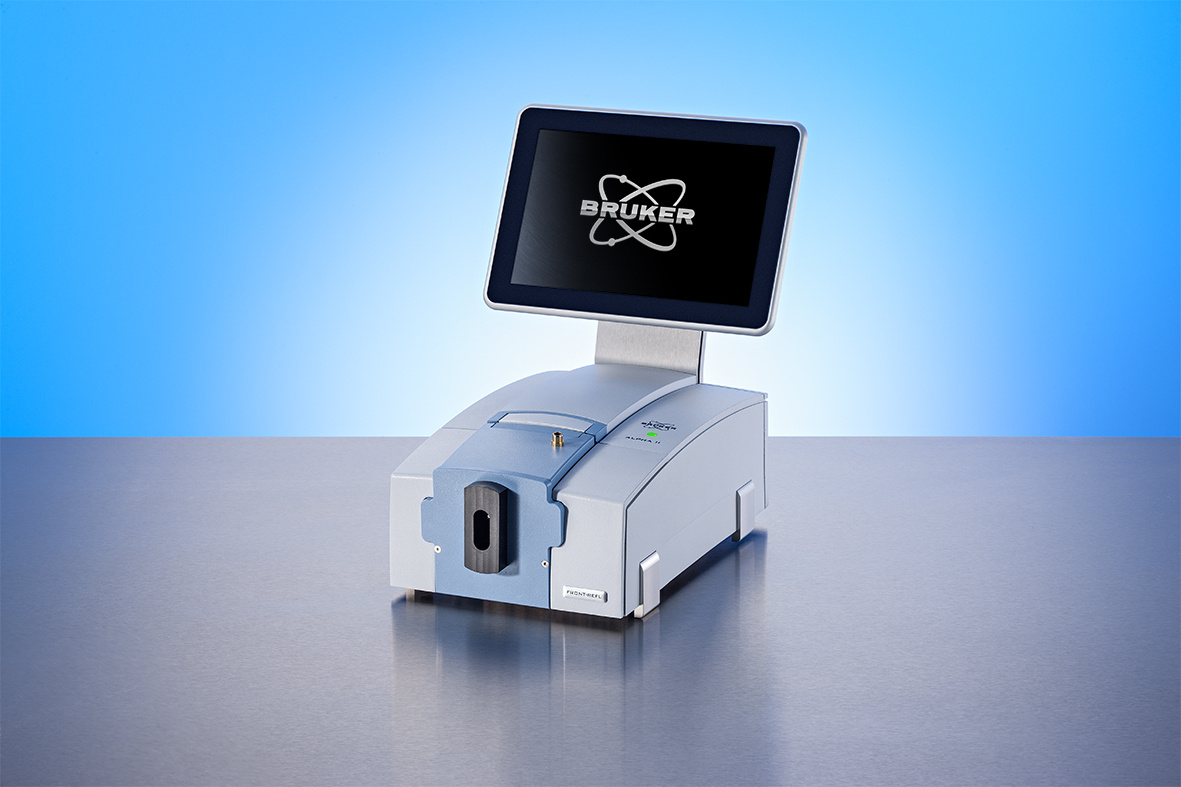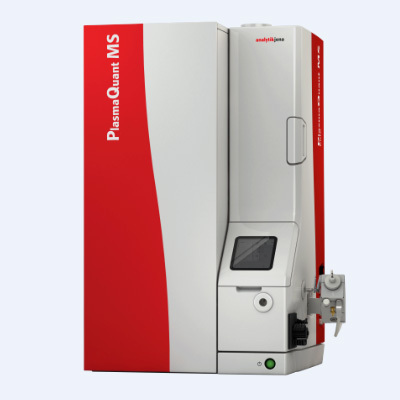脑糖原磷酸化酶抗体英文名称 Anti-GPBB/PYGB
中文名称 脑糖原磷酸化酶抗体
别 名 Brain glycogen phosphorylase; Glycogen phosphorylase B; Glycogen phosphorylase brain form; Glycogen Phosphorylase Isoenzyme BB; Glycogen phosphorylase, brain form; MGC9213; Phosphorylase glycogen brain; PYGB; PYGB_HUMAN.
浓 度 1mg/1ml
规 格 0.2ml/200μg
纯化的抗体可通过不同的途径获取,有些脑糖原磷酸化酶抗体可通过下述方法制备或从商家购买。从商家购买的抗体,通常附有正确的储存方法。
1)工作液应在4℃下融化并存放,可能稳定达数月。
2)如果没有特殊原因而避免使用叠氮钠,亦可加入叠氮钠,浓度为0.02%。将纯化的抗体样本分装成合适的体积,于-20℃保存。
3)纯化的抗体溶液应以较高的浓度(如lmg/m1)在中性pH下保存。:常用的抗体储存浓度高达l0mg/ml。较低浓度的抗体冻存前应浓缩。所有标准的浓缩方法(如超滤法),皆可使用。还有一个简单的方法是用蛋白A或蛋白G亲和柱来浓缩溶液。如果纯化的抗体不是用于标记,可将它们以较低浓度储存于加有1%BSA的溶液中。
4)经纯化制备的抗体在常用的缓冲液中是稳定的。其DH应保持在中性左右。如果pH在7-8之间,即使保存多年,对抗体也无损害。多数情况下,盐浓度适于保持在0-150mmol/L之间,但在长期存放的抗体中,盐溶液浓度高达500mmol/L时,对脑糖原磷酸化酶抗体能有损害。如果没有其他说明.律议用PBS或50mmol/LTris(DH8.0)溶液长期存放抗体。
抗体来源 Rabbit
克隆类型 polyclonal
交叉反应 Human, Mouse, Rat, Dog, Pig, Cow, Horse, Sheep
产品类型 一抗
研究领域 肿瘤 心血管 信号转导
蛋白分子量 predicted molecular weight: 97kDa
性 状 Lyophilized or Liquid
免 疫 原 KLH conjugated synthetic peptide derived from human GPBB/PYGB
亚 型 IgG
纯化方法 affinity purified by Protein A
储 存 液 Preservative: 15mM Sodium Azide, Constituents: 1% BSA, 0.01M PBS, pH 7.4
产品应用 ELISA=1:500-1000 IHC-P=1:100-500 IHC-F=1:100-500 IF=1:50-200
(石蜡切片需做抗原修复)
not yet tested in other applications.
optimal dilutions/concentrations should be determined by the end user.
保存条件 Store at -20 °C for one year. Avoid repeated freeze/thaw cycles. The lyophilized antibody is stable at room temperature for at least one month and for greater than a year when kept at -20°C. When reconstituted in sterile pH 7.4 0.01M PBS or diluent of antibody the antibody is stable for at least two weeks at 2-4 °C.
Important Note This product as supplied is intended for research use only, not for use in human, therapeutic or diagnostic applications.
脑糖原磷酸化酶抗体产品介绍 Glycolysis is an evolutionarily conserved series of ten chemical reactions that utilizes eleven enzymes to concomitantly generate pyruvate and ATP from glucose. Phospho-fructose kinase-2/fructose 2,6-bisphosphatase (PFK-2) stimulates the synthesis and degradation of fructose 2,6-bisphosphate. Glycogen phosphorylase (also known as GP) is an allosteric enzyme important in carbohydrate metabolism. Its activity is regulated through either noncovalent binding of metabolites or by covalent modification. Glycogen phosphorylase catalyzes the phosphorylation of glycogen to Glc-1-P. There are three genes which encode the brain, liver and muscle forms of glycogen phosphorylase, PYGB, PYGL and PYGM. Because of its fundamental role in the metabolism of glycogen, glycogen phosphorylase has been a target for the design of inhibitory compounds, which could be valuable in the therapeutic treatment of type 2 diabetes mellitus.
Function : Phosphorylase is an important allosteric enzyme in carbohydrate metabolism. Enzymes from different sources differ in their regulatory mechanisms and in their natural substrates. However, all known phosphorylases share catalytic and structural properties.
Subunit : Homodimer. Dimers associate into a tetramer to form the enzymatically active phosphorylase A.
Post-translational modifications : Phosphorylation of Ser-15 converts phosphorylase B (unphosphorylated) to phosphorylase A.
Similarity : Belongs to the glycogen phosphorylase family.
Database links : UniProtKB/Swiss-Prot: P11216.5
![]()



